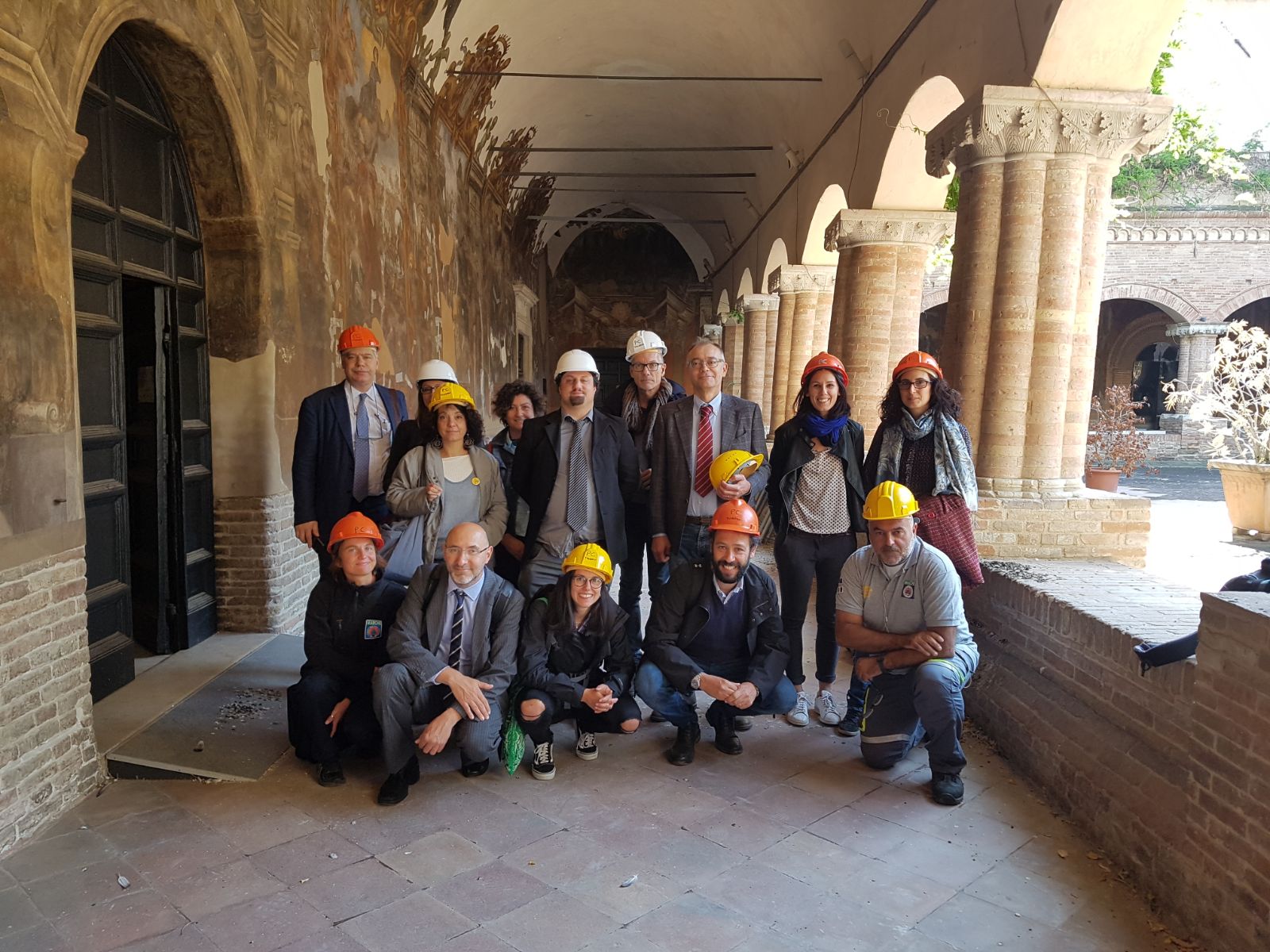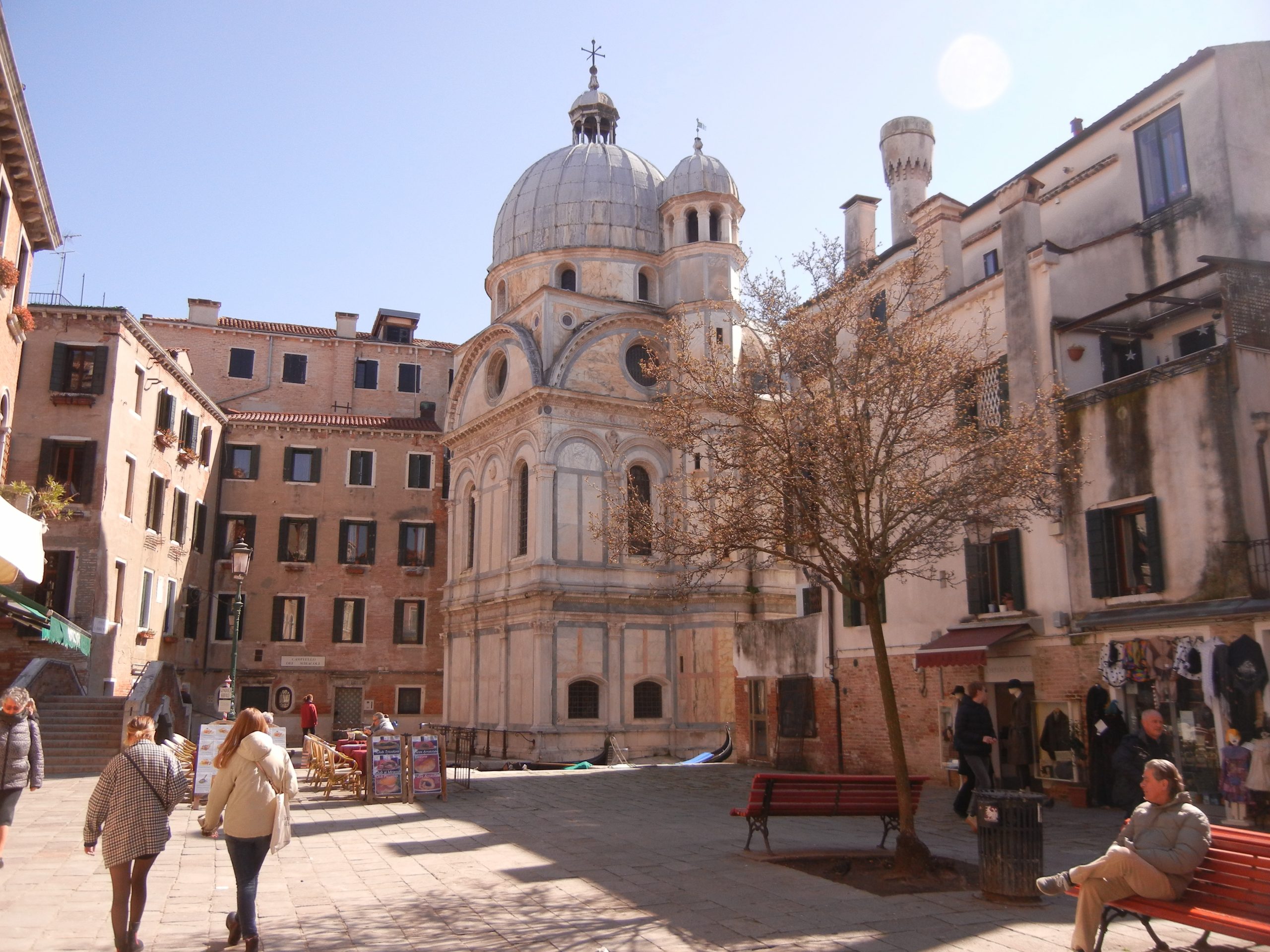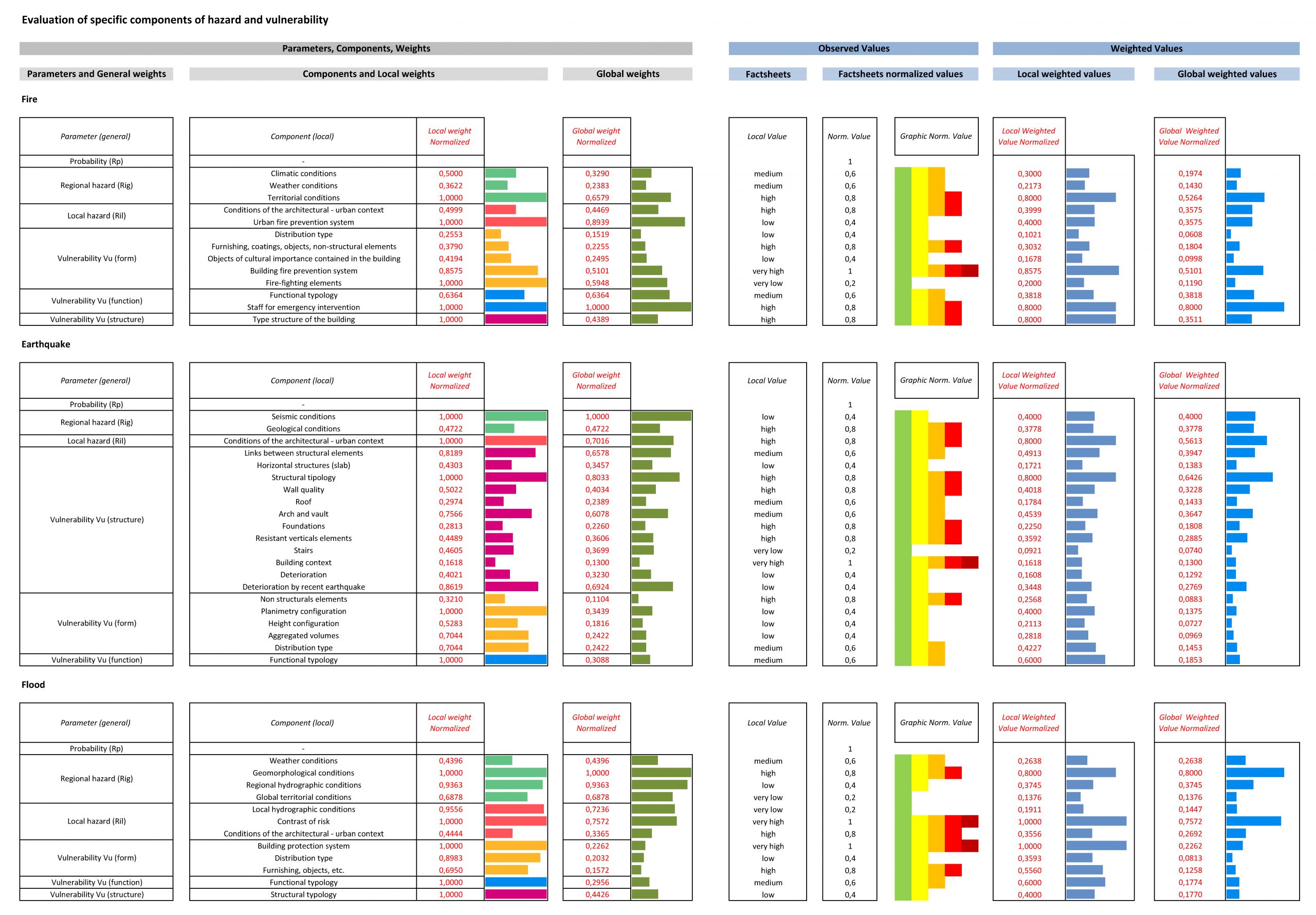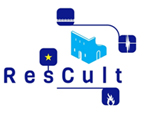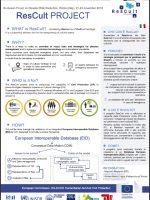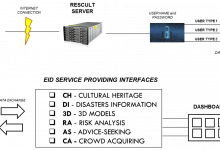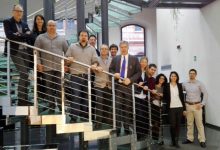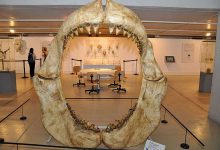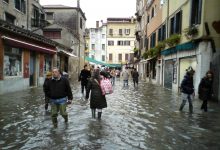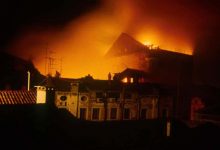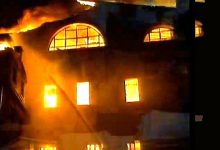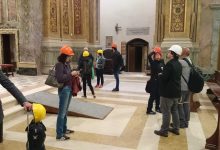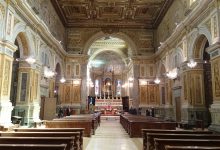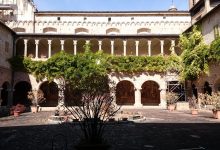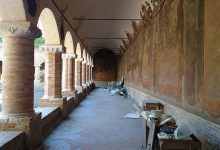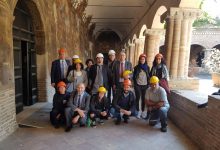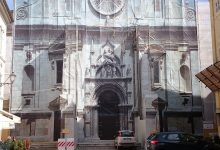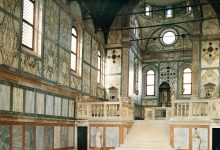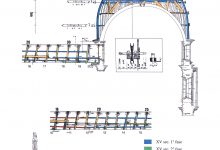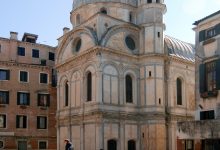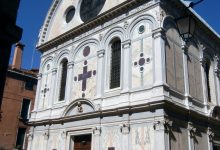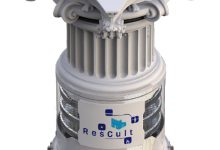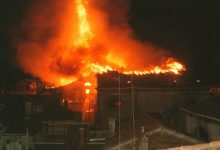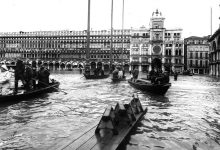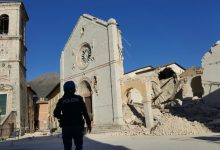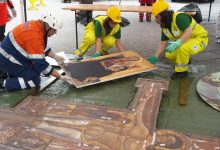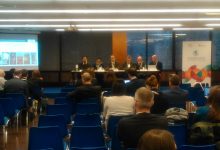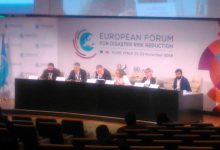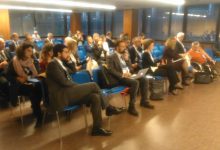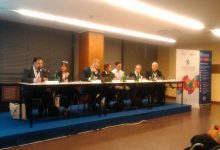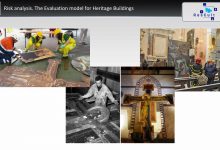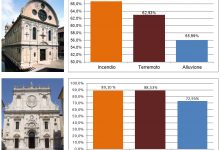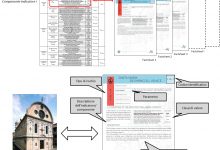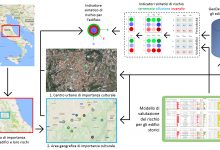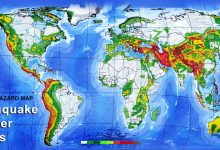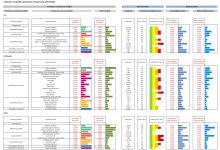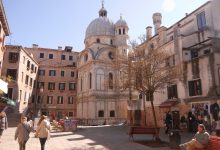Published on 21-03-2022
Disaster Prevention for Cultural Heritage
ResCult – DG ECHO
- Programme or Providing body: DG – ECHO
- Project title: ResCult – Increasing Resilience of Cultural heritage: a supporting decision tool for the safeguarding of cultural assets
- Acronym: ResCult
- Duration: 2017-2018
- Project budget: 791.893 €
- CORILA budget: 108.546 €
- Contact person in CORILA: rinaldi@corila.it
- Keywords:cultural heritage, risk, civil protection, fire, flood, earthquake
The ResCult Project aims to improve the capacity of the Civil Protection to prevent and mitigate the impact of disastrous events (natural or man-made) on the Cultural Heritage.
To this end, an Interoperable European Database (EID) has been created, aimed at providing a unitary framework of reference (today non-existent) for the use of the Civil Protection, Bodies responsible for the maintenance and protection of Cultural Heritage, local and national, and the Union European. The system is designed as a “decision support system” to estimate the risk of damage to cultural heritage, and their impact on society, the economy, sustainable tourism, supporting the commitment and interest of local communities in environmental protection, as required by the Union Civil Protection Mechanism (UCPM). CORILA participates as a partner in the project, also with a case study in the city of Venice, the Church of Santa Maria dei Miracoli.
In ResCult CORILA has developed, with the partners Politecnico di Torino and SiTI, a risk analysis model for historic buildings for earthquake, fire and flood events.
The overall objective of RESCULT is to enhance the capability of Civil Protection (CP) to prevent and mitigate impacts of disasters on sites of Cultural Heritage (CH). This will be done through the realization of an integrated European Interoperable Database (EID) for CH, designed to provide a unique framework for CP, national Ministries of CH, the European Union (EU), local authorities. Moreover, RESCULT will provide a disaster risk reduction strategy identifying tailored actions and investments to improve both prevention and resilience capacities.
Specifically, RESCULT he worked on the following three overall objectives:
- Improvement of the Disaster Risk Reduction strategy (for prevention and resilience), according to the principles of Sendai Framework.
- Increase cooperation and interoperability between EU member states for the sake of protecting Cultural Heritage (information sharing, interoperable protocols, best practices dissemination, alignment with EU policies/standards
- Enhancement of the capability of Civil Protection Bodies to understand/prevent/mitigate disasters impacts on Cultural Heritage
- Design and implementation of a “European Heritage Map”, including existing databases, based on European Standards for sharing and harmonizing georeferenced data (eg. INSPIRE Directive);
- Information on cultural heritage (typology, economic value, materials, vulnerability, recovery procedures, actions to be avoided, operational decision-making tools, etc.);
- A “land register” of disastrous events that occurred in the past, with damage assessments, prevention measures, operations carried out and results, direct or indirect economic losses and social repercussions (with the cost / benefit analysis of the prevention measures adopted);
- A platform for modeling and monitoring risk scenarios in specific disasters, identifying risk factors, vulnerability and priorities to guide prevention strategies;
- A help and assistance interface for actions and practices to be adopted and undertaken in specific cases of disasters, for use by the Civil Protection;
- A platform for the acquisition of “multitudes of data” (“crowd-data”) from citizens and stakeholders, useful for establishing the priorities for safeguarding Cultural Heritage based on economic factors (available resources) or historical value- social good;
- 3D models to help find / recognize missing artistic assets, support their restoration in the post-emergency phase, and preserve a “digital memory” of the assets themselves in the event of destruction or damage.
- A knowledge base useful for training, education and research on Cultural Heritage and risk reduction in various cases of disasters.
- A risk analysis model of historic buildings for earthquake, fire, flood events.
Lead Partner: SITI – Sistemi Territoriali per l’Innovazione Torino
Politecnico di Torino
CORILA (con IUAV)
TU Università di Berlino
SDIS Francia
ResCult. Risk Analysis Model
